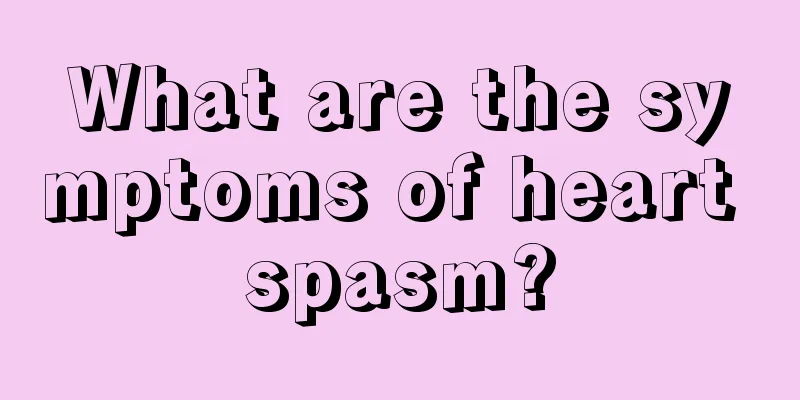What is the normal value of creatinine

|
Creatinine value refers to the normal value of blood creatinine. When the creatinine value is too high or too low, there may be a problem with kidney function. If you find yourself feeling weak and edematous in recent time, you should go to the hospital as soon as possible to check the normal value of creatinine. So what is the normal value of creatinine? How much is normal? Serum creatinine The normal value of blood creatinine varies from hospital to hospital. Generally speaking, the normal value of blood creatinine is 44-133umol/L. When blood creatinine exceeds 133umol/L, it means that the kidneys are damaged and renal insufficiency or renal failure has occurred. (Above 133umol/L is the inflammatory damage stage, 186umol/L is the renal function damage stage, 451umol/L is the renal failure stage, and blood creatinine values exceeding 707umol/L indicate that it has reached the late stage (uremia). Normal value of serum creatinine (SCr): Male: 54-106 μmol/L (0.6-1.2 mg/dL); For women: 44-97 μM/L (0.5-1.1 mg/dL). Children: 24.9~69.7umol/L. Too high reason Changes in serum creatinine concentration are mainly determined by the filtration capacity of the glomeruli (glomerular filtration rate). As filtration capacity decreases, creatinine concentration increases. A serum creatinine level higher than normal usually means kidney damage. Serum creatinine can more accurately reflect the extent of renal parenchymal damage, but it is not a sensitive indicator. Because blood creatinine will only increase significantly when the glomerular filtration rate drops to one-third of that of a normal person. The reason for low blood creatinine is that after the kidneys are invaded by various causes, the damaged kidney intrinsic cells first undergo phenotypic transformation, forming pathological changes, stimulating the kidney's fibroblasts to transform into myofibroblasts, and at the same time invade and stimulate the inherent normal renal tissue, causing the same lesions, thus forming a process of expansion and stimulation of the kidney from point to surface, from local to overall, and thus entering the organic damage period (i.e., renal function damage period). At this time, due to the continuous damage to the kidneys, their function of excreting waste is reduced, resulting in the accumulation of toxins such as creatinine in the body, resulting in increased creatinine and urea nitrogen in the blood, decreased creatinine in the urine, and decreased renal filtration rate. At the same time, patients will also have other physical symptoms such as high blood pressure and severe edema. |
<<: What are the symptoms of high creatinine?
>>: What are the symptoms of acute hepatitis
Recommend
What are the dangers of ovarian cancer
Nowadays, with the improvement of the quality of ...
How many dried apricots should you eat every day
Dried apricots are a kind of preserved fruit made...
Hepatitis B liver function is abnormal
Speaking of hepatitis B, it is actually a relativ...
What should be paid attention to in liver cancer care? Five points should be paid attention to in liver cancer care
Liver cancer refers to malignant tumors that occu...
What should I pay attention to when treating epilepsy
The treatment of epilepsy should focus on the cor...
What to do if you have insomnia in the middle of the night
Insomnia has always been a problem that many peop...
What are the causes of bladder cancer
Bladder cancer is a tumor disease. This disease s...
Which is better, thread sculpture or prosthetic rhinoplasty
The nose is the most obvious part of the human fa...
What are the symptoms of patients with advanced esophageal cancer
Esophageal cancer refers to a malignant lesion ca...
How to prevent primary bronchogenic lung cancer? You must know these things to prevent primary bronchogenic lung cancer
Primary bronchogenic lung cancer is a disease in ...
Precautions for postoperative care of skin cancer
When it comes to cancer, many people find it very...
Feeling of a foreign body in the anus
The anus is the excretion channel of the human bo...
Tumor grading and staging
The human body changes with age. When one reaches...
What should I do if I get prickly heat on my butt?
The skin on the buttocks is the most tender part,...
How should lung cancer patients eat during treatment? Interpretation of several dietary principles during lung cancer treatment
Lung cancer patients should trust the doctor'...









